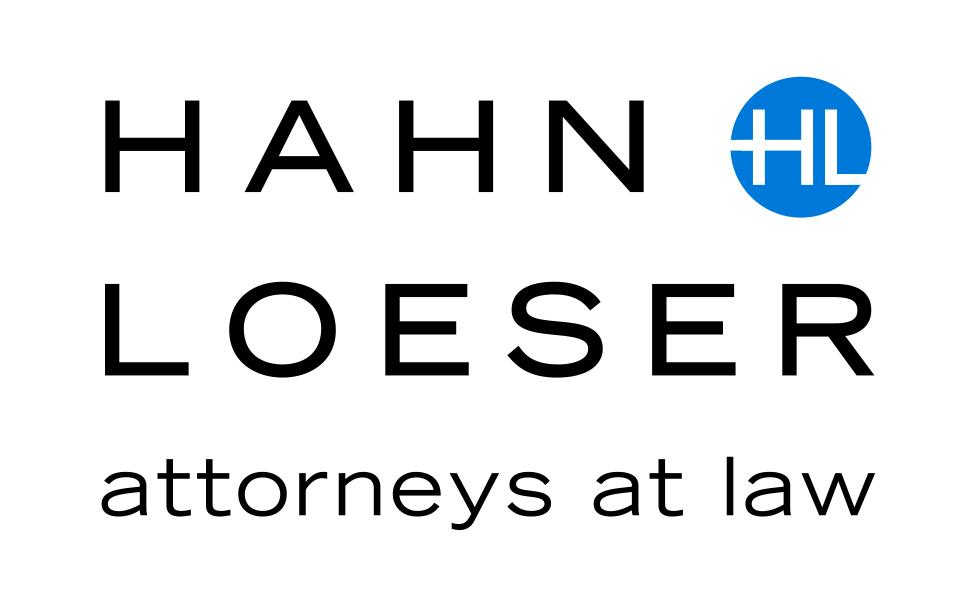In our last legal alert, we discussed developers using private placements to raise private equity capital as a proactive response to the Commercial Real Estate (CRE) market. Another proactive response to the CRE market is utilizing private funds to group CRE investments and fuel deal volume. Both options provide access to bank capital, strengthen balance sheets, provide additional lender access and diversity, eliminate the need for a guarantee or reduce the risk of it being utilized, and fuel deal volume.
Fueling Deal Volume: Establishing a Private Fund
“Private Funds” are generally understood to be pooled investment vehicles that are excluded from the definition of investment company under the Investment Company Act of 1940 by §§ 3(c)(1) or 3(c)(7). Historically, real estate Private Funds have utilized exemptions under §§ 3(c)(1) and 3(c)(7) under the Investment Company Act of 1940.
- §3(c)(1) provides a Private Fund is an issuer whose securities are beneficially owned by not more than 100 persons–typically accredited investors—and which does not propose to make a public offering of its securities.
- §3(c)(7) provides an exemption for any Private Fund formed after September 1, 1996, which solely issues securities to qualified purchasers (i.e., investors with $5 million in assets) and plans not to make any public offering of such securities.
In our experience, fund advisers using these exemptions often set up a fund for qualified purchasers and another for up to 100 accredited investors to maximize assets under management (AUM).
minimal compliance requirementS for private funds
Fund advisers with aggregate AUM of less than $150 million may avoid Form PF compliance, but fund advisers with AUM of $150 million or more must ordinarily file Form PF. Investment advisers to Private Funds, however, must normally use Form ADV to register with the Securities and Exchange Commission (SEC) and comply with applicable state securities authorities. The SEC requires investment advisers to Private Funds to report on Form ADV general information about Private Funds that they manage.[i]
Utilizing Real Estate Asset Composition to Avoid “Private Fund” Status
An alternative approach to §§ 3(c)(1) or 3(c)(7) is presented by §3(c)(5)(C). This path can be desirable due to the absence of: (1) the reporting requirements for exempt Private Funds, and (2) the Private Fund AUM limits imposed by §§ 3(c)(1) or 3(c)(7).
Section §3(c)(5)(C) and the Redwood Trust, Inc. SEC No-Action Letter, dated Aug. 15, 2019[ii], may be relied upon by real estate funds to establish an exclusion from the definition of investment company; provided that a real estate fund’s assets satisfy the asset composition test.
Asset Composition Test
In various No-Action Letters, the SEC Staff (the “Staff”) have taken the position that the §3(c)(5)(C) exemption is available when:
- “at least 55% of its assets consist of ‘mortgages and other liens on and interests in real estate” (called ‘qualifying interests’) and
- the remaining 45% of its assets consist primarily of ‘real estate-type interests;’
- at least 80% of its total assets consist of qualifying interests and real estate-type interests;
- and no more than 20% of its total assets consist of assets that have no relationship to real estate (these factors together, the ‘Asset Composition Test’).”[iii] [numbering added]
Qualifying Interests
The SEC Staff generally takes the position that qualifying interests are assets that represent an actual interest in real estate or are loans or liens fully secured by real estate.[iv] Likewise, it is well understood that qualifying interests are real estate interests, but real-estate type interests are not necessarily qualifying interests. Likewise, an asset is not a qualifying interest for purposes of § 3(c)(5)(c) if it is an interest in the nature of a security of another issuer engaged in the real estate business.[v] As a result, qualifying interests typically must customarily be held directly, and investments by a [real estate investment trust (“REIT”)] substantially in other REITs, for example, typically does not qualify.[vi] There are certain instances, however, where an indirect real estate interest will be determined to be a qualifying interest. An example of this is the Tier 1 Mezzanine loan to a special purpose entity, which is functionally equivalent to a second mortgage.
Tier 1 Mezzanine Loans As Qualifying Interests
In Capital Trust Inc., SEC Staff No-Action Letter (May 24, 2007), the SEC Staff reviewed Tier 1 mezzanine loan and determined not to recommend enforcement for treating such a loan as a “qualifying interest.” In Capital Trust, Inc. SEC Staff No-Action Letter (May 24, 2007), the applicant argued that the Tier 1 mezzanine loan to the special purpose entity should be treated as the functional equivalent of loans secured by real estate and therefore as qualifying assets, even though they were not directly secured by a lien on real estate. The SEC staff acknowledged the applicant’s position that:
“[a]lthough the Company holds as collateral the ownership interests of the property-owning entity rather than the property itself . . . that the value of the collateral is economically the same under both loan forms” since “the ownership interests in the property-owning entity have no economic value apart from the underlying real property (other than incidental assets related to the ownership of the property)” because the property owner is not allowed to participate in any other business than owning the property.[vii]
The position taken in Capital Trust, Inc. 2007 aligns with two important views of the SEC that:
- “[the SEC Staff] generally take the position that a qualifying interest is an asset that represents an actual interest in real estate or is a loan or lien fully secured by real estate”[viii], and that
- No-action relief has been provided in instances “where an asset can be viewed as being the functional equivalent of, and the asset provides its holder with the same economic experience as, a direct investment in real estate or in a loan or lien fully secured by real estate.”[ix]
Thus, in Capital Trust, Inc. 2007, supra, the SEC Staff concluded that it would not recommend enforcement and determined that the ownership of the property-owning entity was functionally equivalent to and provided its holder the same economic value as a second mortgage on a qualifying interest under §3(c)(5)(C).
steps to ensure assets qualify under §3(c)(5)(C)
The nature of a fund’s assets will be critical for their relevant assets to be determined to be qualifying interests or functionally equivalent to a mortgage and to facilitate the use of the §3(c)(5)(C) exemption and avoid “Private Fund” status. Based upon the playbook provided by Capital Trust, Inc. 2007, supra, for a tier 1 mezzanine loan, we generally believe it is the SEC staff’s view that the following steps should be taken:
- Underwriting Standards shall typically include a hands-on analysis of the commercial property, including an analysis of the local commercial real estate market conditions, creditworthiness of tenants, and the financial performance of the property. A real estate fund must also ensure that on-site inspections of the property, revenue leases, and property agreements are conducted on their behalf.
- Control Rights: The real estate fund will ordinarily need to exercise ongoing control rights over the underlying property, such as rights related to the approval of major leases, budgets, improvements, capital expenditures, and the application of insurance proceeds or condemnation awards, as well as the right to replace the property manager in case of default on the loans, as is typically the case with a second mortgage loan.
- Right to Purchase Mortgage Loan: The real estate fund shall regularly have the right under any intercreditor agreement to readily cure a default or to purchase the mortgage loan in case of a default on the mortgage loan.
- Collateral. The Units of ownership in a real estate fund must generally equate to the value of the functional junior mortgage being provided by the capital plus any incidental assets.
- Functional Foreclosure Right. In the Capital Trust 2007 SEC No-Action Letter, an important piece was the applicant’s ability to foreclose on its collateral and to become the owner of the property.
Our attorneys can help you structure your fund to avoid securities private fund status and ensure applicability of exemptions under the Investment Company Act of 1940, as amended.
conclusion and recommendations
Attorneys Molly Brown, Joel Cooper and Andrew May have experience in establishing and working with private placements and funds raising capital to ensure ongoing securities compliance. Clients interested in pursuing these deal options may contact Molly Brown (216.274.2336) to discuss funding strategies. Brown advises private funds on structure, portfolio investments, and maintaining compliance.
[i] Typically, in a fund involving real estate investments with less than $150 million in AUM, the private fund adviser exemption, under § 203(m) of the Investment Advisers Act, exempts the private fund adviser from registration as an investment adviser with the SEC; if the adviser acts as an adviser solely to Private funds (funds exempt by §§ 3(c)(1) and 3(c)(7)) and has assets under management in the United States of less than $150 million.
[ii] Pursuant to §3(c)(5)(c), “none of the following persons is an investment company . . . : . . . (5) Any person who is not engaged in the business of issuing redeemable securities, face-amount certificates of the installment type or periodic payment plan certificates, and who is primarily engaged in one or more of the following businesses: . . . (C) purchasing or otherwise acquiring mortgages and other liens on and interests in real estate. [emphasis added]” See Redwood Trust, Inc. SEC No-Action Letter (Aug. 15, 2019) (hereinafter “Redwood Trust 2019”).
[iii] See Redwood Trust, Inc. SEC No-Action Letter, response, dated Oct. 16, 2017 (hereinafter “Redwood Trust, Inc. 2017”)(citing to Salmon Brothers, Inc., SEC Staff No-Action Letter (June 17, 1985); Citytrust, SEC Staff No-Action Letter (Dec. 19, 1990); Greenwich Capital Acceptance Inc., SEC Staff No-Action Letter (Aug. 8, 1991)).
[iv] See Redwood Trust, Inc. 2017, supra.
[v] See SEC Release No. IC-3140 (Nov. 16, 1960), in which the SEC took the position that a real estate investment trust (“REIT”) that “invests ‘to a substantial extent in other [REITs]. . . or in companies engaged in the real estate business or in other securities.” See id.
[vi] See SEC Release No. IC-3140 (Nov. 29, 1960).
[vii] See Capital Trust, Inc. 2007, supra.
[viii] See, Capital Trust (2007), supra; see also Capital Trust, Inc. No-Action Letter (Feb. 3, 2009).
[ix] See, Capital Trust, Inc. 2007, supra; see also Capital Trust, Inc. 2009, supra.




